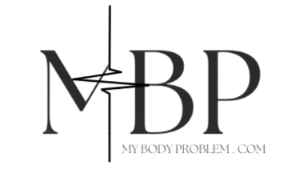The muscles and ligaments that hold the various bones and joints in place are usually always damaged or strained when there is leg pain. Such injuries are more likely to happen after engaging in any rigorous physical activity that is unfamiliar to you, like playing a sport for the first time in many years. If you rest your leg, the pain should go away. However, you should see a doctor if the pain is persistent or repeated.
Initial care for alleged broken bones and dislocated joints
A broken or dislocated limb or joint may be the result of an injury or fall if it is extremely painful, looks deformed, or fails to move. Go to the emergency room at your neighborhood hospital as soon as you can. Call an ambulance if no one can help you right away and/or you are unable to move.
Basic points
- Cover the wound firmly with a clean bandage if it is bleeding.
- Only a doctor should attempt to move the bone or joint back into place; do not attempt this yourself.
- While awaiting the arrival of medical assistance. The injured person should be kept as warm and tranquil as possible by a helper.
- In case a general anesthesia is subsequently required to reset the bone, a person with suspected shattered bones or a dislocated joint should refrain from eating or drinking anything.
- Use bandages and splints to immobilize the leg in the most comfortable posture if you need to wait some time for medical assistance.
Splint
A splint is a sturdy support that is used to immobilize an injured body part (often an arm or a leg) to reduce pain and prevent the possibility of future injury. In an emergency, a board or rolled-up newspaper can be used to create a makeshift splint. Using wide lengths of material, splint the wounds on either side (but not too firmly).
THE VARICOSE VEINS
Varicose veins are enlarged veins in the legs that are typically brought on by inadequate blood flow in the legs and valve damage. Because the expanding baby puts strain on the pelvic veins, pregnant women frequently develop varicose veins. The most frequently afflicted veins are those down the inside of the leg and at the back of the calf. Achy legs and swollen ankles are frequently symptoms of varicose veins, especially after extended periods of standing.
Self-help
Keep your weight off your feet as much as you can if you believe you may be prone to varicose veins, particularly if you are pregnant or if you already have enlarged veins in your legs. When you can, raise your legs on a footstool to assist the blood flow to your leg. Flex your calf muscles often if you must stand for extended periods of time to improve blood circulation in your leg. Put on support or otherwise suggested stockings. If you have varicose veins that bother you or if the skin around it is irritated or damaged, consult your doctor.
Professional care
Your doctor may advise surgery to remove the afflicted veins if the varicose veins are severe and the self-help remedies are ineffective, or they may be sealed off with injections of a chemical substance.
